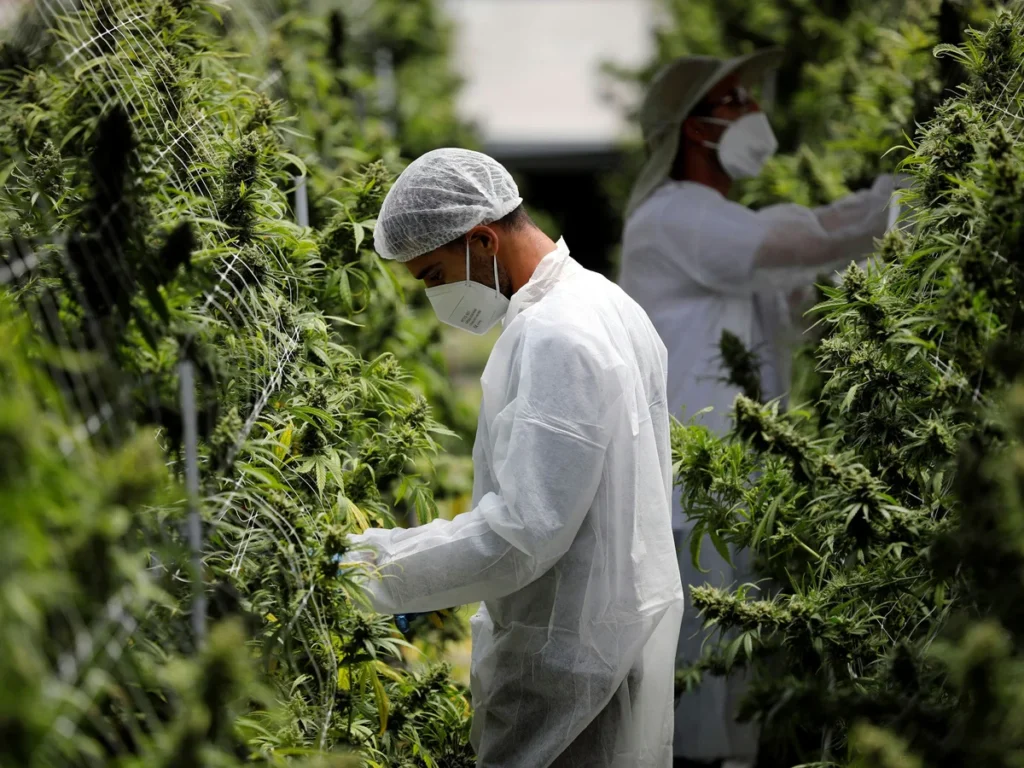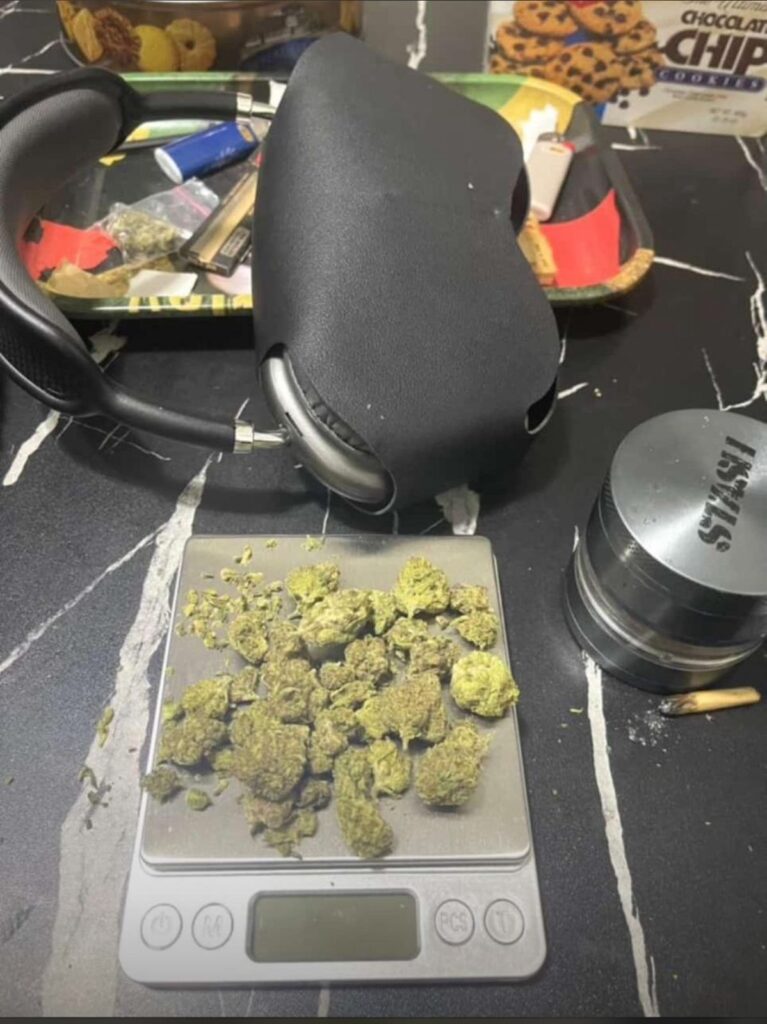Discovering Weed in Sector 6, Bucharest: A Look into Cannabis Use and its Social Implications

Bucharest, Romania’s capital, is a city that boasts a rich history, vibrant culture, and dynamic social landscape. While cannabis is illegal in Romania, its consumption and distribution still manage to thrive in hidden spaces, often under the radar of law enforcement on discover weed in Sector 6.
This article aims to explore the presence of cannabis in Sector 6, its cultural impact, and the legal and social challenges surrounding it. It also addresses the ongoing debate about cannabis use and its legalization in Romania, and how it affects the lives of locals, particularly the younger generation in this part of Bucharest on discover weed in Sector 6.
The Legal Landscape of Cannabis in Romania
Cannabis is classified as a narcotic in Romania, and its possession, distribution, and cultivation are illegal under Romanian law. Those caught with small amounts of cannabis can face up to three years in prison. Larger quantities or evidence of trafficking can lead to harsher sentences, including longer prison terms. Despite this legal framework, the use of cannabis remains relatively widespread in cities like Bucharest, including in Sector 6 on discover weed in Sector 6.
Cannabis is often viewed as less harmful compared to other illegal substances, but it remains banned in Romania. As a result, the use of cannabis in Sector 6 remains largely a private, underground activity, with those involved taking various precautions to avoid legal consequences on discover weed in Sector 6.
Cannabis Use in Sector 6: An Overview
Sector 6 of Bucharest is an eclectic mix of suburban and urban areas, with a large population of residents, students, and young professionals. The area is home to several parks, shopping centers, and cultural attractions, making it an attractive spot for people from all walks of life.
Cannabis is primarily used by young adults, especially students who are part of the vibrant and diverse social scene.At house parties, small gatherings, or in the comfort of their homes, people in Sector 6 often partake in cannabis use to unwind after a busy day or to enhance social interactions.
Public consumption, however, is still rare, as those who partake are aware of the legal consequences.
The Cannabis Black Market in Sector 6
As cannabis remains illegal in Romania, its trade is part of the underground economy. In Sector 6, like in other parts of Bucharest, a discreet cannabis market exists. This black market, however, operates under the radar and typically involves trusted networks of buyers and sellers.
Street dealers and distributors are often discreet and rely on word-of-mouth referrals to find customers.
In terms of pricing, cannabis in Sector 6 is relatively accessible to those who seek it.
It is important to note that despite the illicit nature of the cannabis trade, not all individuals in Sector 6 participate in or support the black market. Many residents may be unaware of the extent of the trade in their neighborhoods, while others choose to avoid any involvement due to the legal and personal risks associated with it.
Health Implications and Risks of Cannabis Use
Cannabis use, whether in Sector 6 or elsewhere, is not without risks. This is especially true for young people, whose brains are still developing.
Short-term effects of cannabis use include impaired coordination, altered perception, and difficulty concentrating. These effects can be particularly dangerous when users operate vehicles or machinery under the influence. Long-term use can also have adverse effects on memory and cognitive function.
The health risks of cannabis are further compounded by the fact that the drug sold on the black market in Sector 6 may be adulterated or contaminated with other substances.
Many users prefer to keep their use of cannabis a secret, fearing judgment or legal consequences.
The Debate on Cannabis Legalization in Romania
The debate surrounding cannabis legalization in Romania has gained momentum in recent years. As public opinion slowly shifts toward a more progressive stance, some Romanians are pushing for a reevaluation of cannabis laws.
Opponents, however, continue to resist legalization, citing concerns about the potential for increased cannabis consumption, particularly among young people.
In Sector 6, as in other areas of Bucharest, younger people are often at the forefront of the debate, with many advocating for reform. However, due to Romania’s conservative stance on drugs, it is unlikely that cannabis will be legalized in the immediate future.
Conclusion
Cannabis use in Sector 6, Bucharest, is part of a larger underground culture that continues to persist despite Romania’s strict drug laws. While the substance remains illegal, its consumption is widespread, particularly among young adults and students.
The ongoing debate about cannabis legalization in Romania continues to divide opinions, with some advocating for change and others staunchly opposing it.

When it comes to marijuana products, ScentHub offers an extensive selection of some of the highest quality items I’ve come across. I’ve tried a variety of strains, edibles, and concentrates, and the quality has consistently been outstanding. The flowers are always fresh, fragrant, and potent. I’ve had the chance to try both Sativa and Indica strains, and the effects have been exactly as described. Contact them on email: Scenthub43@gmail.com and also there Telegram : t.me/Scenthub43
Wow they have an option for me. The variety in their selection means that no matter my experience level, I’ll find a product that fits my needs. highly recommended .
I can say without hesitation that ScentHub has earned my loyalty. From the quality of the products to the exceptional customer service.

I’ve had a number of experiences where edible products don’t quite deliver the promised effects or leave an unpleasant aftertaste, but that’s not the case with ScentHub. The gummies, chocolates, and drinks I’ve tried have all been potent, flavorful, and consistently effective. The packaging is also informative, making it easy to understand the dosage and what to expect from each edible, Thank you !!!
They also don’t pressure you into buying anything you’re not ready for, which is a huge relief. It feels more like a conversation with a trusted friend rather than a hard sell. highly recommended!!